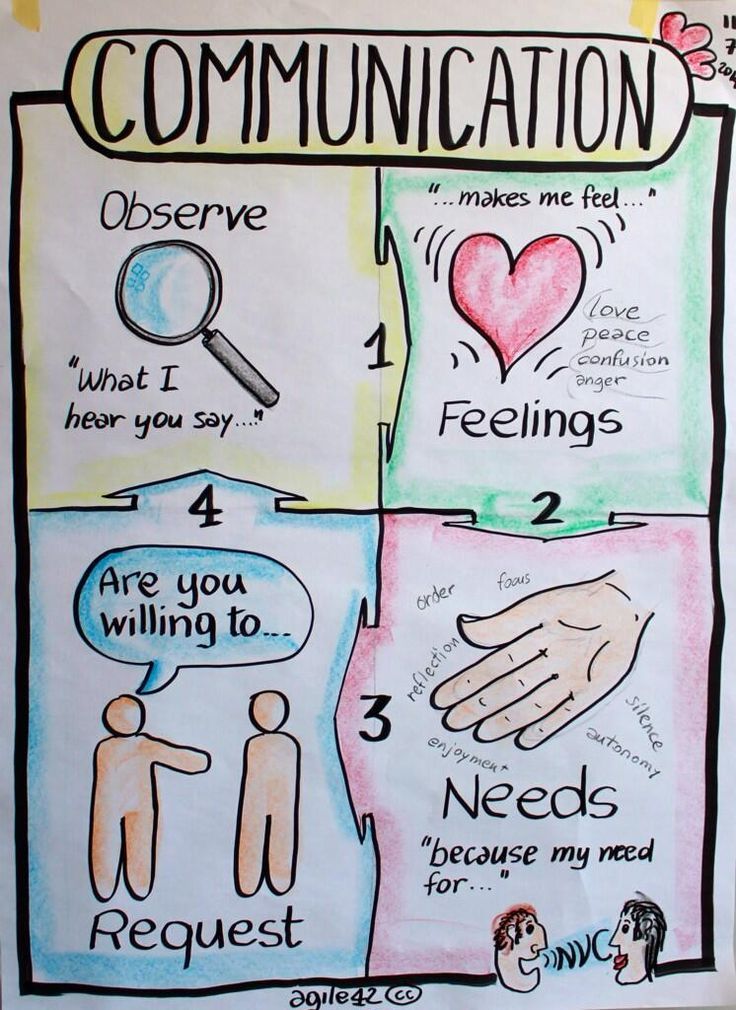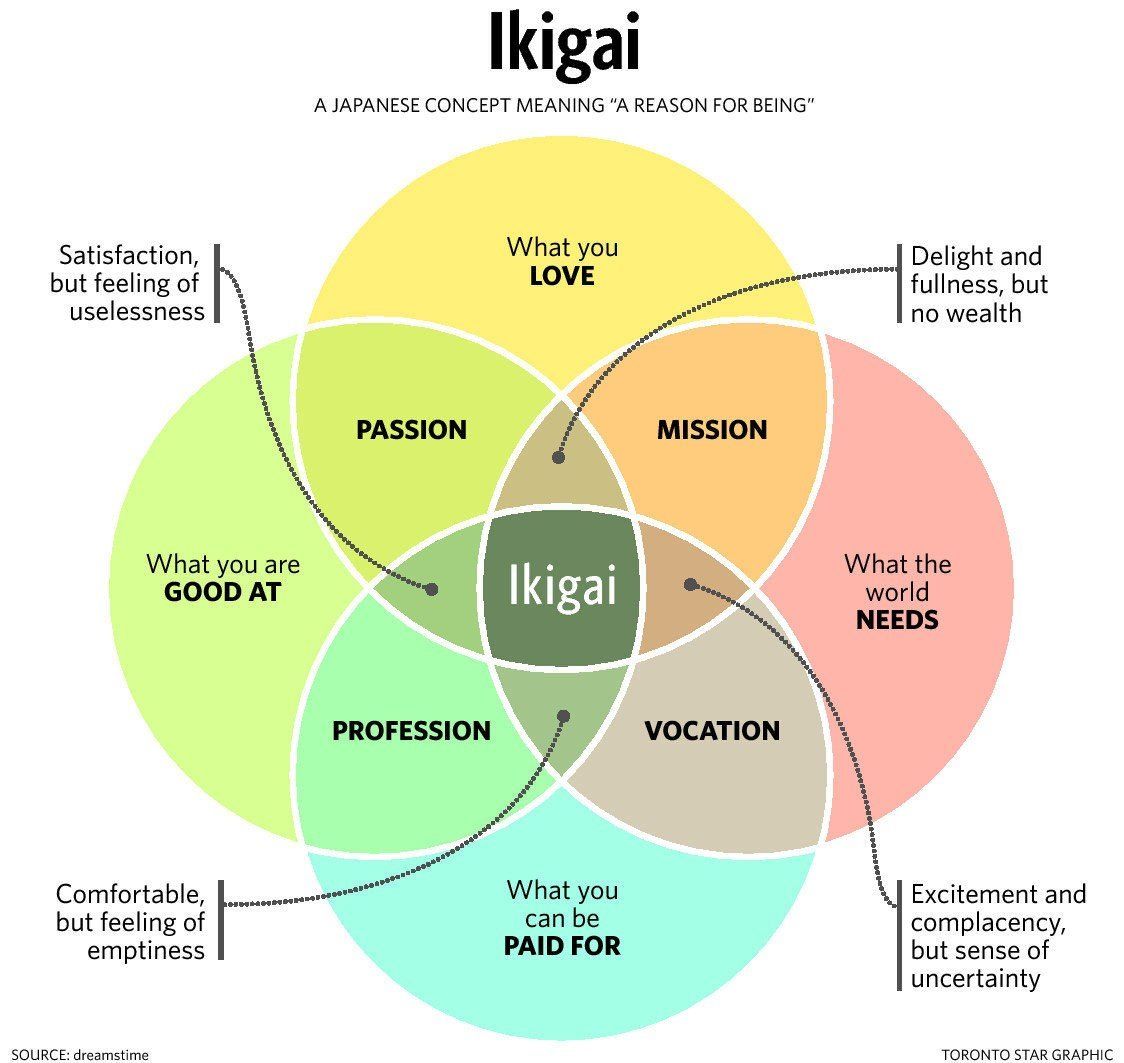4 steps to deal with (stressful) situations
We tend to start with Step 1. For example at work your colleagues are not following up on an action, so you reach out to them to ask if they can do the required tasks. Perhaps if they do not comply, you ask again, or you go to your supervisor to address the problem (and increase your influence to make it happen).
We do all we can to make other people listen to us, respect our desires and wishes, or at least be heard. But it doesn't always work. Some of you resign quicker than others, perhaps don't even bother. Some are more bold and persistent to
influence your surrounding, or actually will not surrender trying to persuade the other person.
After Step 1, we often jump to Step 3. We leave it, accept things for what they are and set it aside. But do we really? Or do we still feel frustrated, angry, sad, lonely, anxious? Accepting a situation will be truly possible the moment in which you can empathetically consider the situation, yourself and the people involved. If you can resign yourself with what you are feeling. If we really understand why the situation is the way it is. This will be really hard if the situation is too painful, it hurts too much or it triggers old pains inside us. Then we say we accept, but we don't really...
We still feel frustrated, sad, angry, annoyed or unheard, so after a while we start influencing again, trying to change the situation. We ping-pong up and down in between step 1 & 3 until we try to change ourselves.
When going for Step 2, we often start looking for help. A friend, family member, colleague, mentor or coach, who can guide us in changing ourselves. You become aware of who you are, how you can communicate with people, learning about how to deal with other personalities, all the while you are uncovering the blind spots and vulnerabilities you have been carrying inside and you were not aware of.
Very likely, in this process, you are confronted with the other choices again: do you really want to resign? Are you ready to accept? Is it time to leave? Do you still need to solve something or stand your ground?
After ping-ponging in between steps 1, 2 and 3 for a time, step 4 tends to pop up in our heads. Depending on the kind of relationship that is represented in your situation, step 4 will be easy or hard to do. It means leaving a project, a team, a location, a partnership or relationship, maybe even a job, company or even a family.
Take some time to reflect on your choices. In the Free Tools Section there are multiple tools that can help by either of those four steps and every week we will add more that might enable you to improve your situation.











